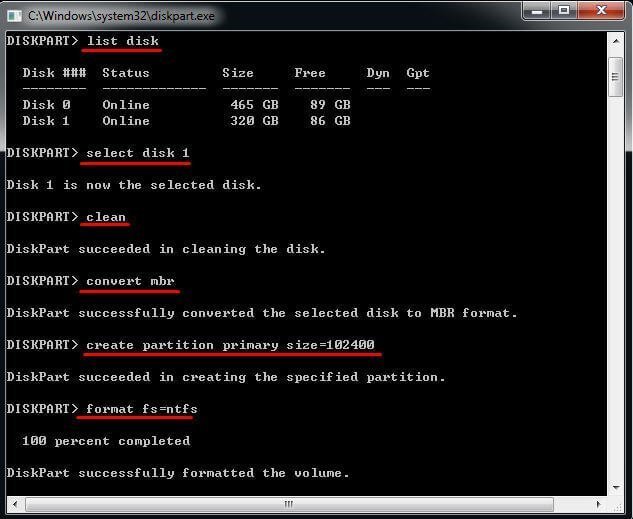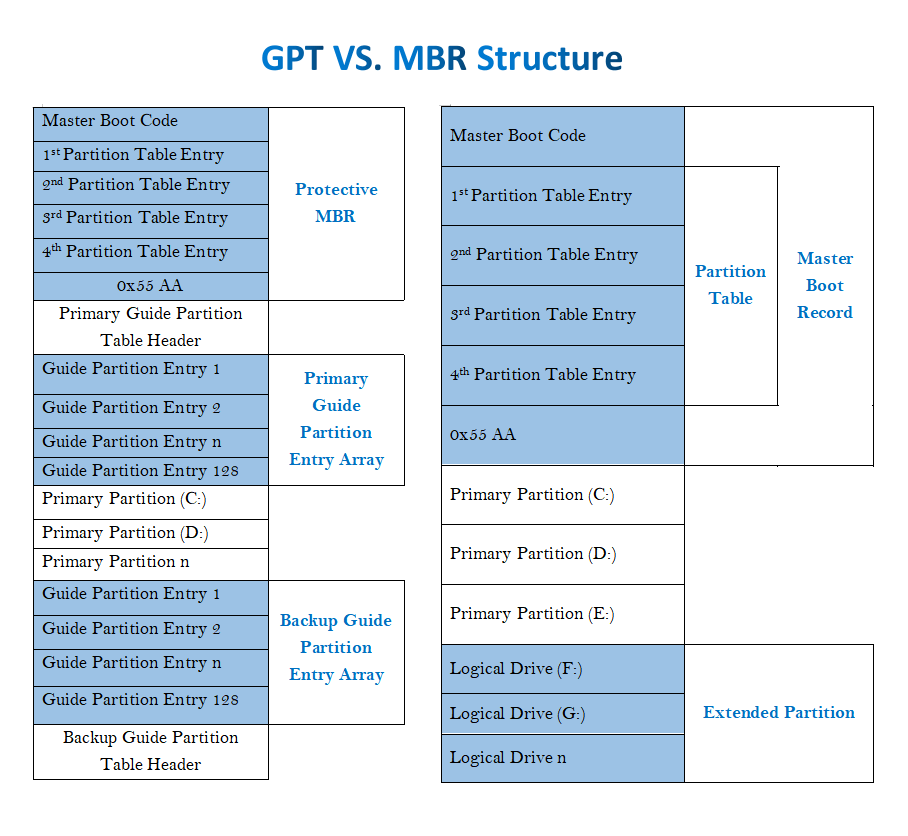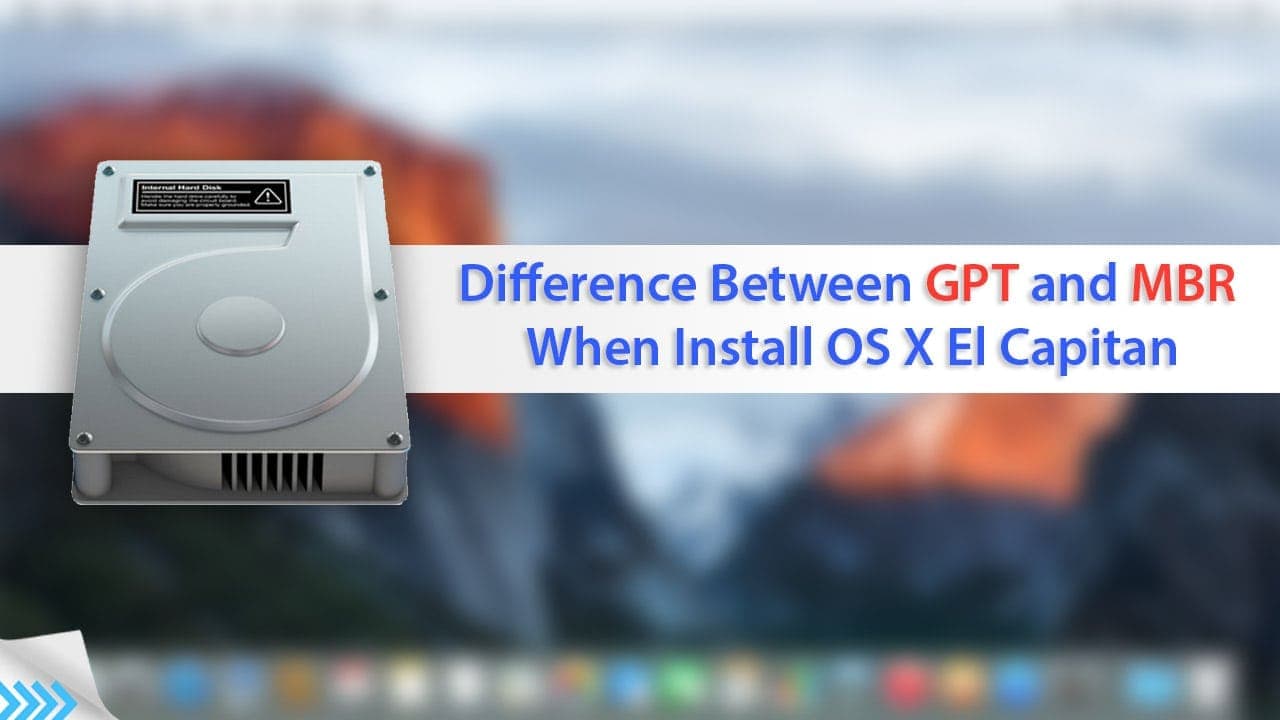

- #MAKING BOOTABLE USB OS X GPT OR MBR HOW TO#
- #MAKING BOOTABLE USB OS X GPT OR MBR WINDOWS 10#
- #MAKING BOOTABLE USB OS X GPT OR MBR SOFTWARE#
- #MAKING BOOTABLE USB OS X GPT OR MBR CODE#
- #MAKING BOOTABLE USB OS X GPT OR MBR WINDOWS 7#
The primary partition is the main among the two others which contain the Operating system. Windows has three types of partitions which are known as the Primary partition, Extend Partition, and Logical partition.
#MAKING BOOTABLE USB OS X GPT OR MBR HOW TO#
Have no fear since I am here, I will guide you on how to create GPT Bootable USB with CMD and rufus on Windows 10, Windows 8, and Windows 7. If you do not prepare a GPT Partition bootable USB, during the installation you will need to format your Hard Drive, which means you will lose the Data. Well, exactly not very big trouble if you know How to prepare the USB flash drive for the UEFI or GPT Partition. The biggest hassle seems to be STEP 7, which simply needs the actual and correct commands.The truth of the matter is that the new PCs come with UEFI support which leaves big trouble for a clean installation of Windows. So, all in all, not a complete and safe solution but somehow it worked.

After some minutes in opeartion Windows reported a disk error, which needed to be repaired.
#MAKING BOOTABLE USB OS X GPT OR MBR WINDOWS 10#
I could boot directly into Windows 10 having a UEFI/GPT boot partition. (7.7) bcdedit /store BCD /create osdevice partition=c:Īnd this worked. We will then go into our newly created directory and create a new BCD from the files we copied over. Copy all of the EFI files from your Windows OS partition (7.3) xcopy /s C:\Windows\Boot\EFI\*.* B:\EFI\Microsoft\Boot to create a new folder for your EFI files. GDisk will then exit after writing the changes.ħ.1 Change your directory so you're now on the letter of the newly converted 100 MB EFI partition (we labeled it "B:" a few steps ago). A message will come up warning you once more about the permanent changes. This will write the changes to the table and exit.
#MAKING BOOTABLE USB OS X GPT OR MBR CODE#
This will it that we want to change the type code to EFI. # of your System partition, usually always 1 If any of you have ever used fdisk for any Linux distros, you will quickly become familiar with the commands and menus. It will present a message about an invalid GPT and having an MBR only. Where # is the Disk number of the HDD (usually 0). B:).Ħ.2 Run "gdisk64.exe" (or gdisk32 if your running 32-bit). You can simply hop to the other drive letter by just entering the drive letter in followed by a colon (i.e. Type "exit" to go back to where we were at the beginning.Ħ.1 Navigate to the USB drive path where you stored the GDisk files (Still remember the drive letter it was assigned earlier?)īear in mind, in the Windows PE CMD, "cd" and "chdir" does not work like they usually would. (5.10) //As I said above, if your 100 MB System volume didn't have a drive letter, let's go ahead and assign one now (for the guide's sake, we'll do "B").ĥ.11 All done with diskpart. Tell it to format the partition, remove its label-quickly. To see which partition # is the 100 MB System part. To select the System HDD (or replace 0 with whatever # it is). Also, like the last step, make note of what disk # your Windows Boot USB is. See which # your System HDD is (usually 0). Make note of the drive letters for your Windows USB Boot Drive and your 100 MB System Partition (We will give it one later if it doesn't have one right now). This will bring up the disk partitioning tool. Here, I'll just simply refer to it as "BIOS/firmware."ĥ.1 Boot into the USB installer you made earlier.ĥ.2 At the first Window, press SHIFT+F10 to bring up the Command Prompt.Įnter the following in the Command Prompt: This is not technically correct, as UEFI firmware is the replacement for BIOS, but more of a colloquialism. Many people on their guides use the words "firmware" and "BIOS" interchangeably.

If it doesn't, then you'll find yourself in a boot loop at the end of this tutorial. If you are not sure, check the boot options in your BIOS/firmware or Google your own model number and make sure. This guide is assuming that you are using a computer with a motherboard that supports UEFI. In case I botched up my OS, I made sure to clone my entire HDD to an external drive with CloneZilla. Please, back up any data or files that you cannot bear to lose.
#MAKING BOOTABLE USB OS X GPT OR MBR WINDOWS 7#
I have tried this process twice, both with successful results on a Lenovo y510p laptop and a Dell Optiplex 7010 tower-both running Windows 7 圆4.

#MAKING BOOTABLE USB OS X GPT OR MBR SOFTWARE#
I am not responsible for any damage you may levy to your software or hard drive. Even though these steps have worked for me, I make no guarantee that they will deliver the same results for you.


 0 kommentar(er)
0 kommentar(er)
